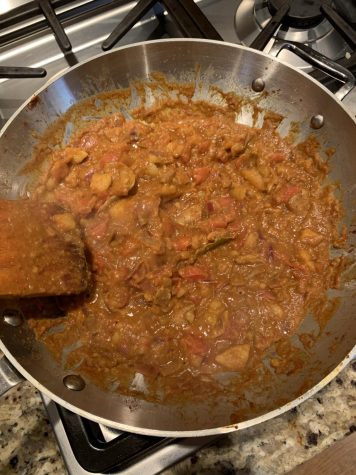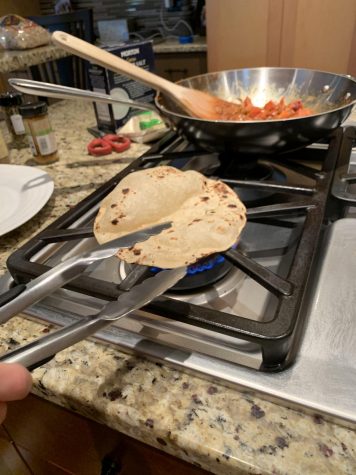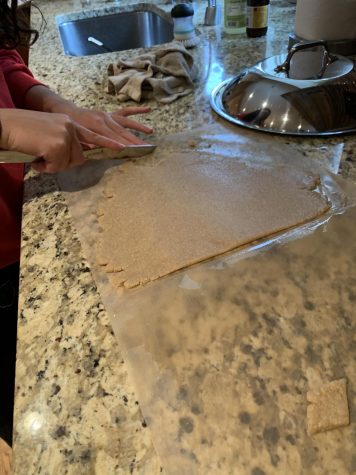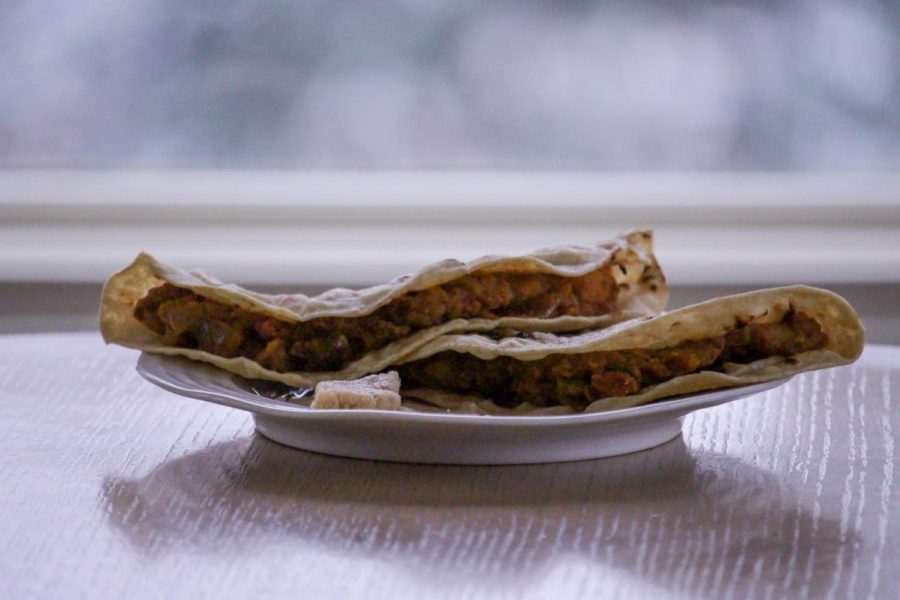Diwali, Hindu Lunisolar Month Kartika Cooking: Our Experiences
Our takeaways from preparing and cooking food common in Hindu kitchens around the world
Sage: Cooking dishes commonly made during Diwali and the Hindu Lunisolar month Kartika helped me to better understand some cultural aspects of Diwali and have an opportunity to experience a little snippet of what celebrating Diwali is like. Cooking these two recipes was a lot easier and less taxing than cooking traditional High Holiday and Jewish cultural food. Another immersive part of this experience was when we went to an Indian market to find some of the spices to make the Aloo Tamatar Ki Sabji (Potato Tomato Curry); it was really cool to be able to experience other aspects of culture and to see other kinds of food that was also there that we did not end up cooking. I enjoy spicy food, however, these dishes weren’t very spicy and instead were more flavorful from the spices. I especially enjoyed the Aloo Tamatar Ki Sabji (Potato Tomato Curry) because all of the spices mixed together in a really nice and aromatic way.
Betsy: Compared to our experience cooking the High Holiday food, this time around was less stressful, not only did we have less things to make, but the cooking itself was not as complicated. As I am not the biggest fan of spicy food, I really enjoyed Aloo Tamatar Ki Sabji (Potato Tomato Curry). The most difficult part was finding all the ingredients and we didn’t end up finding some of them, but it still tasted flavorful and delicious. The dessert Kaju Katli did not turn out as we had hoped, but once we rolled it out and put some spices on it, it was not that bad. Using sugar and water to make a dough is quite difficult and we did not do it justice. With that being said, I enjoyed learning about Diwali and the Hindu Lunisolar month Kartika.



